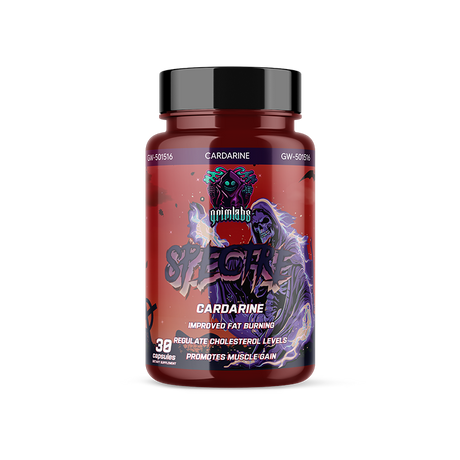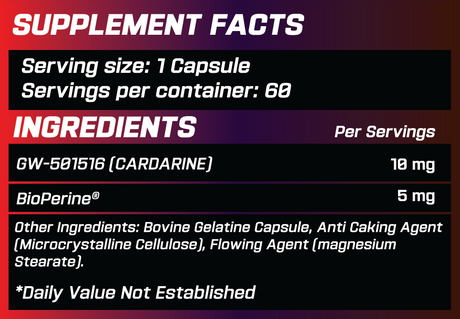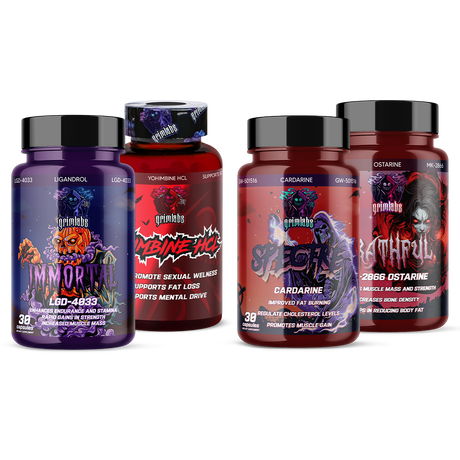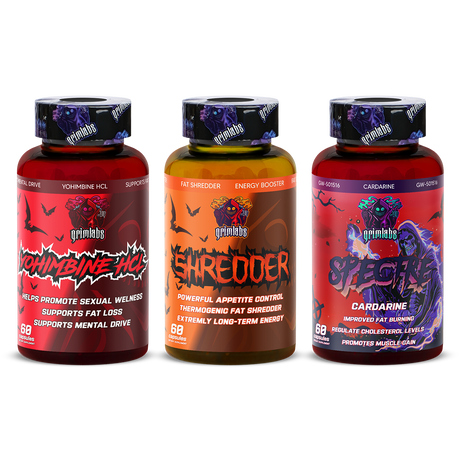What is Cardarine (GW-501516)? Endurance and Metabolic Efficiency Overview
Cardarine (GW-501516) has been a frequently mentioned ingredient in strength and conditioning topics in recent years. It's a topic of interest in the sports and fitness community, especially during periods of intense training. Without delving into technical details, this text summarizes the contexts in which Cardarine is discussed, how it relates to performance routines, and the general principles to consider when establishing a program.
Brief Scientific Background
Cardarine is referred to in the literature as a PPARδ agonist . This topic arises in discussions of energy metabolism and fatty acid utilization. Conceptually, the topic connects to themes such as the balance of energy substrate utilization during exercise, sustained endurance effort, and perceived post-exercise recovery. Practical outcomes are largely determined by individual routines and program quality.
For what purposes is it examined?
- Endurance and effort economy: Indicators such as maintaining tempo during long-term work, management of perceived effort and session integrity.
- Body composition goals: In community experiences, the intention to manage body fat and maintain muscle mass with the program is often discussed (for comparative reading, see What Are Anabolic Steroids? and What You Need to Know About Prohormones ).
- Training efficiency: More predictable reading of weekly volume/intensity increases; regular tracking of metrics like recovery sensation, heart rate, and pace.
The titles here don't imply that Cardarine produces "results" on its own. On the contrary, it's generally considered in conjunction with a well-constructed training-nutrition-sleep triad .
Relationship with Programs: General Principles
As with all performance and conditioning-focused routines, the discussion around Cardarine is based on these general principles:
- Periodization: Gradual, planned progression of volume, intensity, and frequency.
- Measurement & monitoring: Keep track of RPE (perceived exertion), heart rate, pace/wattage, sleep and energy.
- Recovery: Rest days, mobility/active recovery, and stress management.
- Simplicity: Keeping the feedback readable by not adding too many variables at once.
Rather than prescribing a specific “protocol,” these principles provide a framework within which to think so that users at different levels can find a sustainable path that suits their context.
Nutrition, Hydration, and Sleep
Nutrition and recovery are crucial components of results in endurance-themed programs. The general approach is:
- Energy balance: Carbohydrate plan on long, intense days, protein on recovery-focused days, and maintaining total energy balance (see also What is DHEA Supplementation? – common topics in general wellness routines).
- Hydration: Pre/post session fluid intake, sweat and electrolyte management according to climatic conditions.
- Sleep quality: Regular bedtimes, reducing screen/stimulus load, and relaxation routines (see What is NAC? for antioxidant rituals).
Frequently Asked Questions
How does Cardarine affect endurance?
Community experience indicates feedback on the economy of effort and pacing of regular programs. However, the key factor determining results is program integrity.
How to address fat burning goals?
The topic is often discussed in conjunction with energy system management and training plans. Changes in body composition are evaluated alongside key factors such as nutrition, volume/intensity planning, and sleep.
How should beginners approach?
Generally, starting with a simple plan, measuring regularly, and making small adjustments based on feedback is the most straightforward approach. Keeping initial goals reasonable increases sustainability.
Related readings
- What is an Anabolic Steroid?
- Everything You Need to Know About Prohormones
- What is a DHEA supplement?
- What is NAC?
Summary
Cardarine (GW-501516) is a frequently discussed ingredient in the context of endurance and conditioning. Practical expectations are only meaningful when combined with well-planned training, balanced nutrition/hydration, and a consistent sleep schedule. For users who think in terms of general principles rather than relying on prescriptive protocols, the process is more measurable and sustainable.






